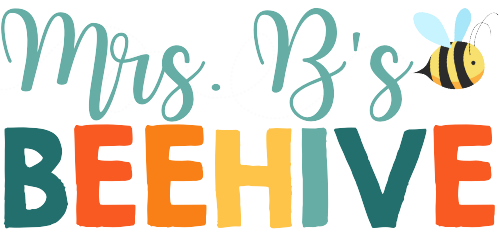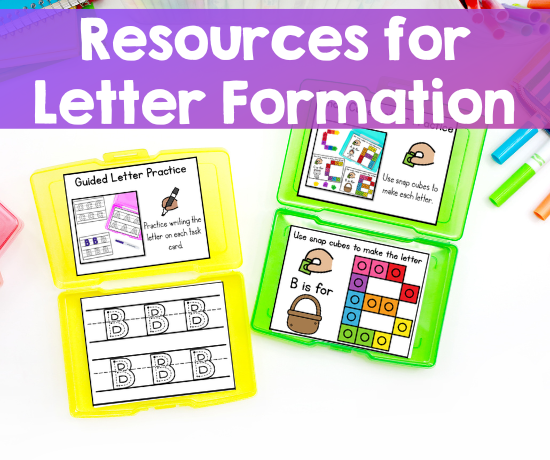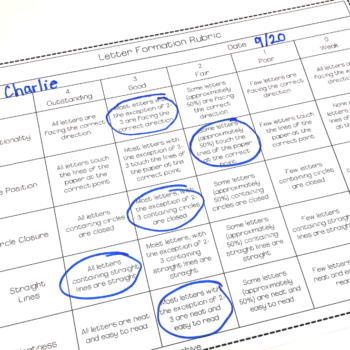Today I wanted to talk about letter formation and how we can help our students improve upon it. So many factors go into a kindergarten students’ writing style:
- How much writing exposure have they had at home or in preschool?
- Were they taught the correct pencil grip?
- Are they left handed or right handed?
- How tough are their parents on them when they notice a writing error at home?
- What level of fine motor strength do they have?
- What kind of materials have they been previously allowed to write with or on?
The list could go on and on, and each class has a variety of skill levels. The goal is to improve their handwriting for readability.
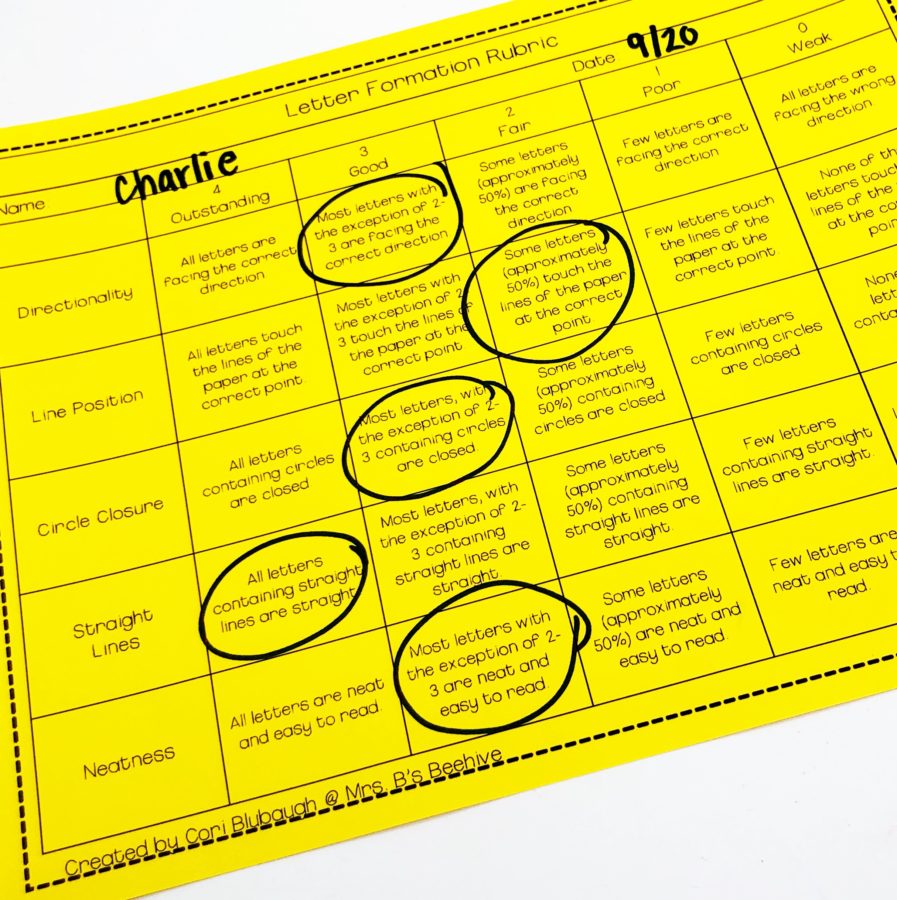
Directionality
Some students struggle with directionality and others breeze right past it. B and D are obviously two of the most common reversals, but students can struggle with other letters as well. In my experience, it’s actually quite common for students to use the correct letter directions, and then mid-way through the year, start reversing the letters. I see this every year with students reversing their names all of a sudden, so Sam turns into mas.
Parents come into my classroom freaked out about the sudden struggle and I tell them that it’s totally normal! Just point out the error to the child, have them fix it, and they will be back to writing the correct way in no time! Studies have shown that reversals are common up until around the age of 7. Parents worry about their child having dyslexia, but at 5 or 6 years old reversals are just a part of the learning process and don’t necessarily signify an issue.
Line Position
Line position is one of the more difficult skills for students to master because it takes time and patience (something that is in short supply with a kindergartner). In this case, practice makes perfect. Providing the correct size paper with appropriate lines will allow them to easily visualize where the letter should go. We talk about the headline, the foot line, and the belly line early on in the year. Every time we introduce a new letter we discuss where it goes on the line, and then we practice, practice, practice.
I like using this paper with my students
Skip-a-Line Story Paper
When writing workshop starts, attention to line position is one of the first things to go out the window. Paper choice is key when doing a writing workshop. Give them a paper that is similar to the one they used for letter writing practice, and it will be an easier transition. Time to edit is also crucial. Let them get their thoughts out on the paper, and then have them go back and clean it up with attention to the line position.
Circle Closure
Circle closure can really affect the readability of a student’s paper. A common problem is that the student is rushing and needs to be coached on slowing down and finishing the letter appropriately before moving to the next one.
Straight Line
Straight lines were a challenge for me growing up because I’m left-handed. When you can’t see the letter that you have just written, you start to veer off the path. Left-handers need extra practice and support. I struggled with having “pretty” writing and my art skills were never the best. I even had a substitute teacher comment on my poor art skills in 5th grade, and it really stuck with me. Give your left-handed students a little extra love, care, and patience because it does take more effort on their part to achieve neat and clean letters.
Left-handed students need to slow down and learn how to use a pencil grip that allows them to view their previous work. I love this blog post from Primary Paradise about tips and tricks to help your left-handed students:
5 Ways to Support Left-Handed Students
This section looks for the overall neatness and readability of their letters. Some students do a wonderful job of sounding out their letters and writing phonetically, but you have no idea what’s on the paper because their letters are too sloppy.
I try to make time to coach my students during writing workshop. During the beginning of the year, this is just letter practice, then it moves into word practice, and finally into sentence practice. I’m paying attention to these letter formation categories all year long and coaching my students towards improvement. As teachers, we need to keep in mind that the goal is not perfection, it’s progress. Students shouldn’t have perfect handwriting leaving kindergarten, but our goal is to help them improve so that others can read their writing and share in their creative endeavors.
If you would like a copy of this letter formation rubric just fill out the info. below!
I use this rubric as part of my data tracking. I check on their progress throughout the year and share it during conferences. This rubric provides parents with a clear idea of what they can help their children focus on to improve their handwriting.
When your students are ready to move on from letter formation it’s time for beginning writing skills. Check out this resource that slowly guides your students into becoming confident writers:
Beginning Writing Skills
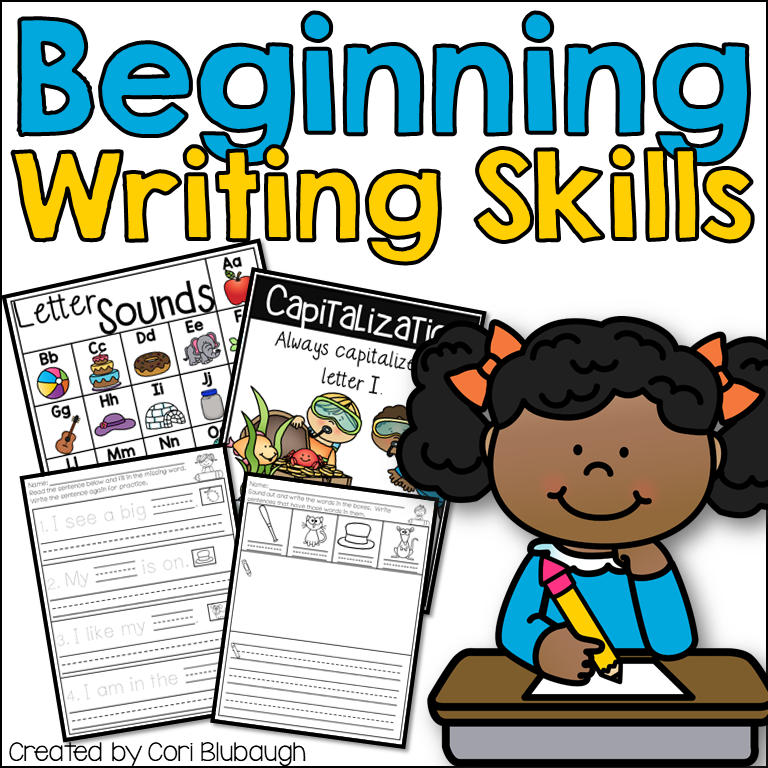
If you’d like to check out some more of my writing posts just click on the links below:
